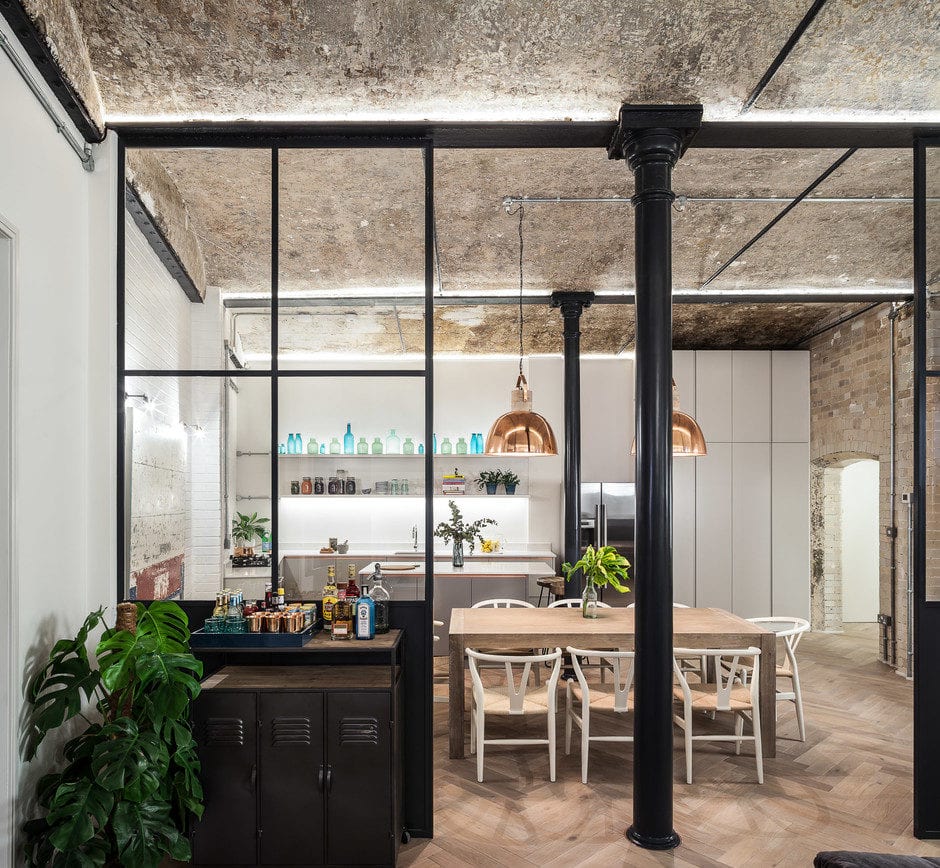Welcome to the world of coastal industrial decor, where the tranquility of the shoreline meets the rugged aesthetics of industrial design. This article will guide you through the essentials of this unique decor style, offering tips, personal experiences, and expert advice to create a beautiful and welcoming space in your home.
What is Coastal Industrial Decor?
Coastal industrial decor is a design style that harmoniously blends the relaxed, breezy elements of coastal living with the robust and often raw features of industrial design. This fusion creates spaces that feel both cozy and contemporary, evoking the essence of seaside living while embracing the character of urban environments.
The Key Elements of Coastal Industrial Decor
Color Palette
One of the defining features of coastal industrial decor is its color palette. Typically, it incorporates a mix of:
- Soft whites and creams
- Ocean blues and greens
- Rusty reds and browns from industrial materials
Materials
Both coastal and industrial styles utilize natural and raw materials. Here are some commonly used elements:
- Wood (driftwood, reclaimed wood)
- Metal (steel, iron)
- Glass (clear, frosted, or textured)
Benefits of Coastal Industrial Decor
Aesthetic Appeal
The combination of soft, inviting colors with rugged textures creates a warm and appealing atmosphere that can transform any space.
Versatility
This decor style can be adapted to various spaces, whether you’re decorating a beach house, a loft, or even a cozy apartment.
Durability
Utilizing industrial materials ensures that your decor is not only stylish but also long-lasting and low-maintenance.
How to Incorporate Coastal Industrial Decor into Your Home
Living Room Ideas
Focal Points
Start with a striking focal point, such as a reclaimed wood coffee table combined with a vintage metal frame couch. Layer beautiful coastal-themed cushions to soften the look.
Accessories
Incorporate industrial lighting fixtures with a coastal touch, such as lantern-style pendants that evoke the feel of seaside evenings.
Kitchen Inspirations
Color and Materials
Opt for open shelving made of reclaimed wood and use metal accents for appliances and fixtures. A crisp white color with splashes of aqua can keep the kitchen feeling light and airy.
Decorative Touches
Decorate with nautical-themed accessories, like glass jars filled with seashells or art featuring ocean scenes.
Coastal Industrial Decor Comparison Table
| Element | Coastal Decor | Industrial Decor |
|---|---|---|
| Color Scheme | Soft, light colors | Dark, muted tones |
| Materials | Wood, glass, fabrics | Metal, concrete, reclaimed wood |
| Overall Vibe | Relaxed, airy | Rugged, urban |
Personal Experience with Coastal Industrial Decor
When I first moved to a coastal town, I was inspired to bring the beauty of the shore into my home. I started with neutral walls and gradually added industrial elements like metal fixtures and reclaimed wood shelves. A beautiful driftwood mirror became the centerpiece, reflecting the light and adding depth to the room. The blend of these styles turned my living space into a sanctuary that feels both serene and spirited.

Pros and Cons of Coastal Industrial Decor
Pros
- Unique aesthetic that stands out
- Easy to personalize with various elements
- Comfortable and welcoming space
Cons
- May require more planning to balance both styles
- Can be costly if using high-quality materials
- Finding the right pieces may take time
Frequently Asked Questions about Coastal Industrial Decor
What are the best colors for coastal industrial decor?
The best colors for this decor style are soft whites, ocean blues, and distressed earthy tones. These create a harmonious blend that encapsulates both coastal and industrial aesthetics.

How can I achieve a coastal industrial look on a budget?
Focus on DIY projects like creating your own art or refurbishing old furniture with paint. Shopping at thrift stores or flea markets can also yield unique pieces that fit this style.
Can I mix other decor styles with coastal industrial?
Absolutely! Coastal industrial decor pairs well with elements from farmhouse, minimalistic, and even bohemian styles, allowing for a more personalized space.